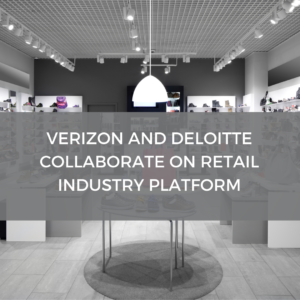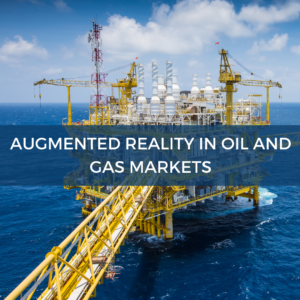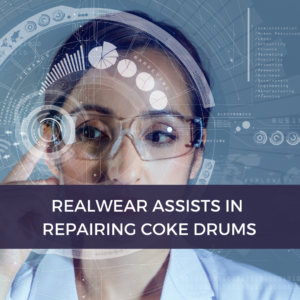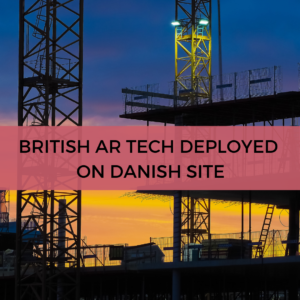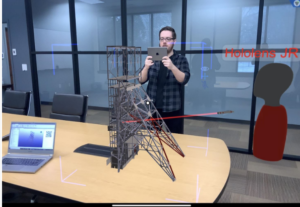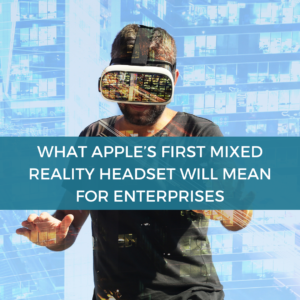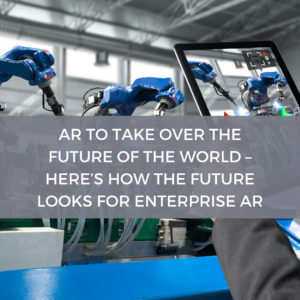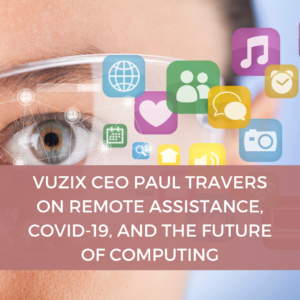HoloLens 2 Industrial Edition brings mixed reality to regulated environments
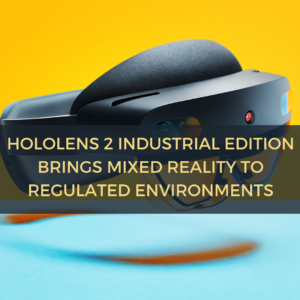
- Lockheed Martin is using HoloLens 2 to build the Orion spacecraft and reduce touch labor—what used to require an eight-hour shift can now be completed in just 45 minutes.
- Imperial College Healthcare NHS Trust is using HoloLens 2 to limit healthcare employee’s exposure to patients with COVID-19, reducing the time staff are exposed to the disease by as much as 83 percent.
- Mercedes-Benz USA is using HoloLens 2 to improve service technician efficiency and reduce time to problem resolution, realizing a 35 to 40 percent decrease in service technician travel.
As part of listening, and always learning, we heard strong demand for HoloLens 2 to operate in environments that have rigorous requirements or are regulated by industry certifications. In the semiconductor and pharmaceutical industries, partners require a device that meets particle emissions standards to enter and operate in their highly controlled clean room environments. In the energy sector, partners need a device that can function safely in potentially hazardous environments.
Enhance worker productivity and accelerate innovation
We are announcing the HoloLens 2 Industrial Edition, an untethered mixed reality device designed, built, and tested to support regulated industrial environments.
HoloLens 2 Industrial Edition meets the following industrial standards and certifications:
| HoloLens 2 Industrial Edition Standards | Rating |
| Clean room compatible | ISO 14644-1 Class 5-8 |
| Intrinsic safety | UL Class I, Division 2 |
In addition to the industrial standards ratings, HoloLens 2 Industrial Edition is supported with a two year warranty and a Rapid Replacement Program. The Rapid Replacement program minimizes downtime, with advance exchange and expedited shipping.
With HoloLens 2 Industrial Edition, customers can now use HoloLens 2 in restricted environments without modifying your space, protocols, or workflows. Supported with a robust ecosystem of first and third party mixed reality applications that are backed by the reliability, security, and scale of Azure, HoloLens 2 Industrial Edition will empower enterprises operating in regulated environments to:
- Provide workers with access to remote experts any time they need it.
- Complete tasks faster and more accurately than ever before with interactive 3D guides.
- Train and onboard new employees faster with a “learning by doing” approach.
